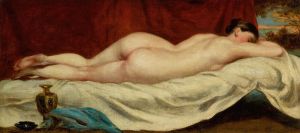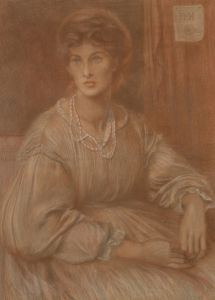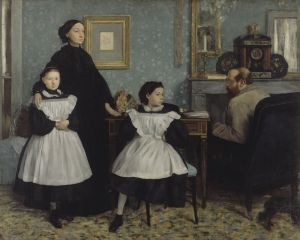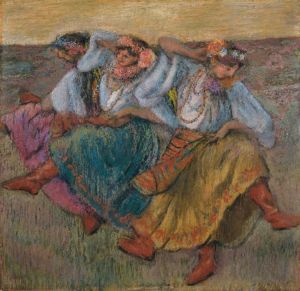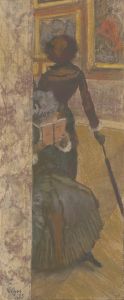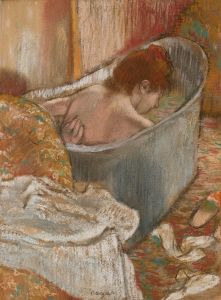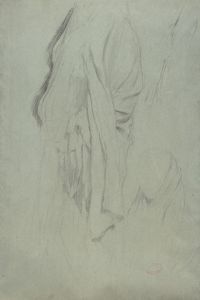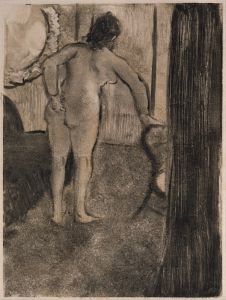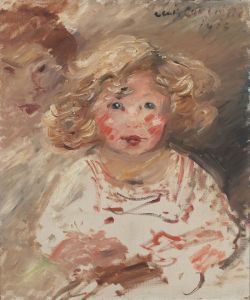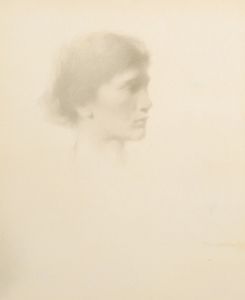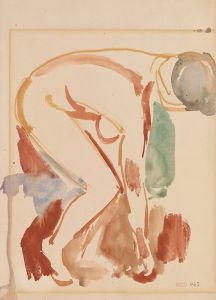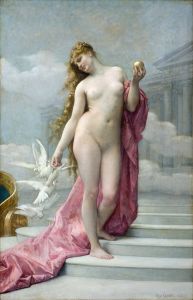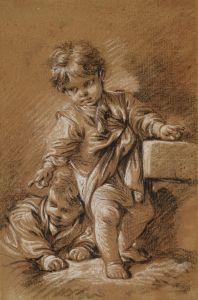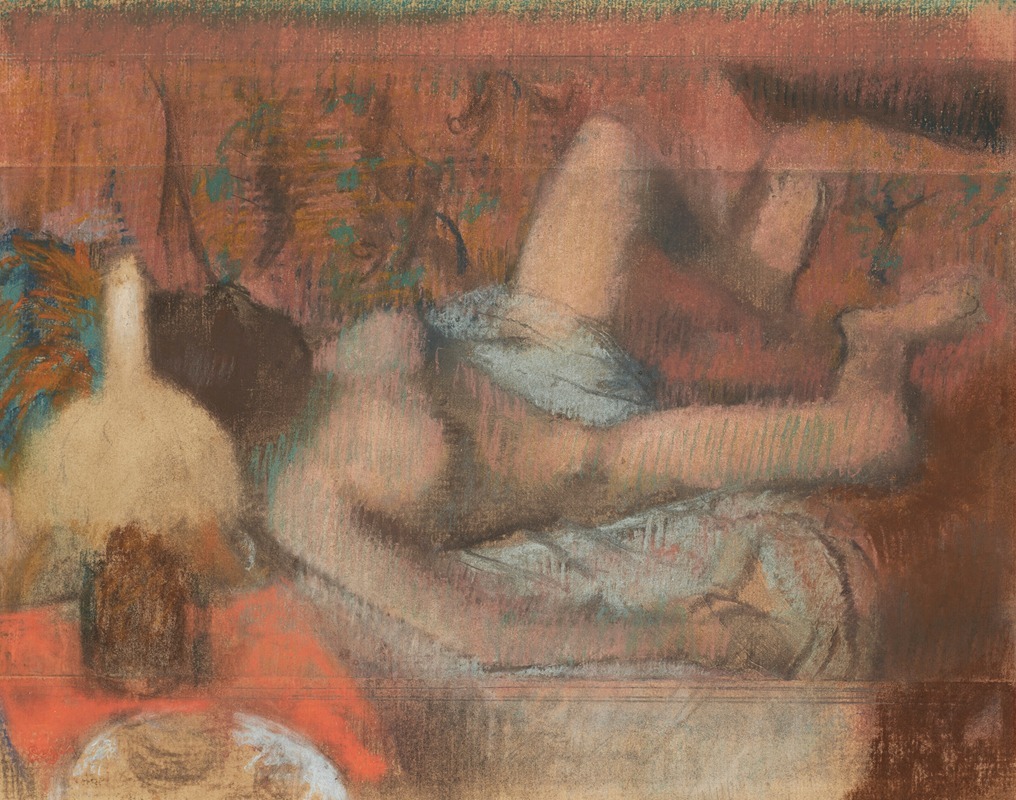
Femme nue couchée
A hand-painted replica of Edgar Degas’s masterpiece Femme nue couchée, meticulously crafted by professional artists to capture the true essence of the original. Each piece is created with museum-quality canvas and rare mineral pigments, carefully painted by experienced artists with delicate brushstrokes and rich, layered colors to perfectly recreate the texture of the original artwork. Unlike machine-printed reproductions, this hand-painted version brings the painting to life, infused with the artist’s emotions and skill in every stroke. Whether for personal collection or home decoration, it instantly elevates the artistic atmosphere of any space.
Edgar Degas, a prominent French artist associated with the Impressionist movement, is renowned for his innovative approach to painting, sculpture, and drawing. Among his diverse body of work, "Femme nue couchée" is a notable piece that reflects his interest in the human form and his mastery of capturing movement and intimacy.
"Femme nue couchée," which translates to "Reclining Nude Woman," is one of Degas's many explorations of the female form. Degas often depicted women in various states of repose, capturing their natural and unguarded moments. This particular work is a testament to his skill in rendering the human body with both precision and sensitivity. The painting showcases a woman lying down, her body relaxed and her form elegantly composed within the frame. Degas's use of light and shadow highlights the contours of her body, emphasizing the natural beauty of the human form.
Degas's approach to the nude was distinct from many of his contemporaries. While the traditional academic nude often idealized the female form, Degas's representations were more grounded and realistic. He was known for his candid portrayals, often capturing women in private, everyday moments. This approach is evident in "Femme nue couchée," where the subject is depicted with a sense of immediacy and authenticity.
The artist's technique in this work is characteristic of his broader oeuvre. Degas was known for his innovative use of pastels, a medium that allowed him to achieve a remarkable range of textures and colors. In "Femme nue couchée," the soft application of pastels contributes to the overall sense of intimacy and warmth. The delicate layering of colors creates a lifelike representation of skin tones, while the subtle interplay of light and shadow adds depth and dimension to the figure.
Degas's interest in the human form extended beyond mere representation; he was fascinated by the dynamics of movement and the subtleties of posture. This interest is reflected in the relaxed pose of the woman in "Femme nue couchée," which conveys a sense of ease and naturalism. The composition is carefully balanced, with the figure's curves and lines guiding the viewer's eye across the canvas.
Throughout his career, Degas's work was influenced by a variety of sources, including classical art, photography, and Japanese prints. These influences are evident in his compositional choices and his attention to detail. In "Femme nue couchée," the influence of these diverse sources can be seen in the harmonious composition and the meticulous rendering of the figure.
"Femme nue couchée" is a quintessential example of Degas's ability to capture the essence of his subjects with both technical skill and emotional depth. The painting remains a significant work within his oeuvre, reflecting his ongoing exploration of the human form and his commitment to depicting the beauty of everyday life. As with many of Degas's works, "Femme nue couchée" continues to be celebrated for its artistry and its insight into the human experience.





